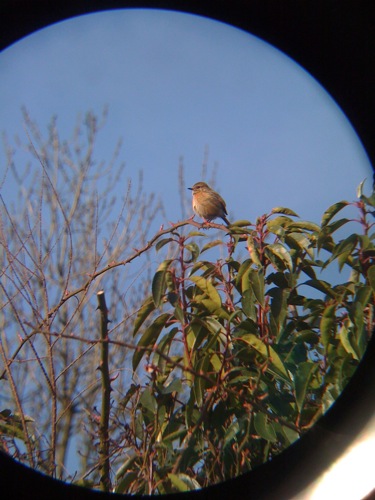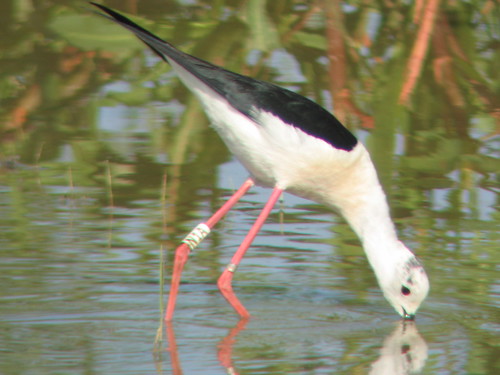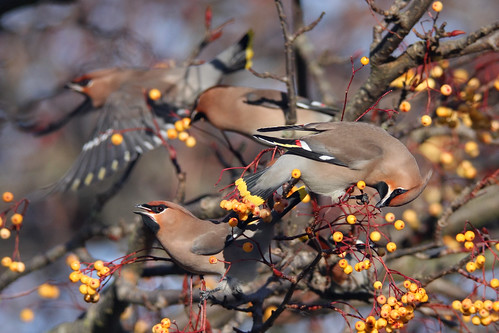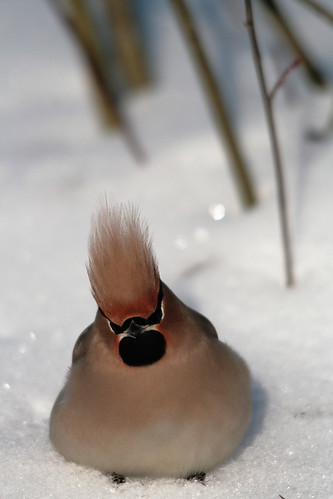Full title: Life Ascending: The Ten Great Inventions of Evolution. The ten ‘inventions’ are: The origin of life, DNA, photosynthesis, the complex cell, sex, movement, sight, hot blood, consciousness and death. Lane explains how each of these work and how they evolved, at least as far as current knowledge can take us — which in some cases, like the origin of life, is apparently rather further than I had realised. The consciousness chapter, if you’re wondering, was rather less persuasive.
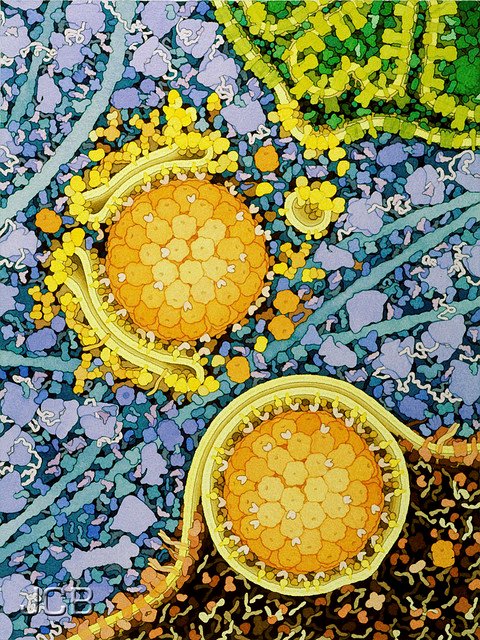
What sets this book apart from most popular accounts of evolution is that Nick Lane is a biochemist rather than, say, a palaeontologist or an ethologist. So this is a book which focuses on evolution at the micro level: it’s all biochemical pathways and enzymes and the genes which code for them. This is the real nitty gritty of how evolution works, how it actually achieves things; but it’s also the stuff which I generally find is a complete headfuck. No matter how many times I have read accounts of the inner workings of a cell over the years, it just doesn’t stick.
So it is not a small compliment to say I found this book was not just full of new and interesting information, but also managed to be clear, engaging and enjoyable. I still ending up having a long pause halfway through, and I’ve already forgotten a lot of it, but I enjoyed it as I read it.
» The picture is Cytoplasm to vacuole targeting from the Journal of Cell Biology, used under a CC by-nc-sa licence. Picked because it’s a striking image rather than because it’s relevant in any way beyond basic thematic appropriateness.
‘The cytoplasm to vacuole targeting (Cvt) pathway uses Atg11 to direct Atg9-containing membrane from mitochondria (top right) to forming autophagosomes (center) before eventual fusion with the vacuole (bottom right). Original painting by David S. Goodsell, based on the scientific design of Daniel J. Klionsky. (JCB 175(6) TOC1)’


